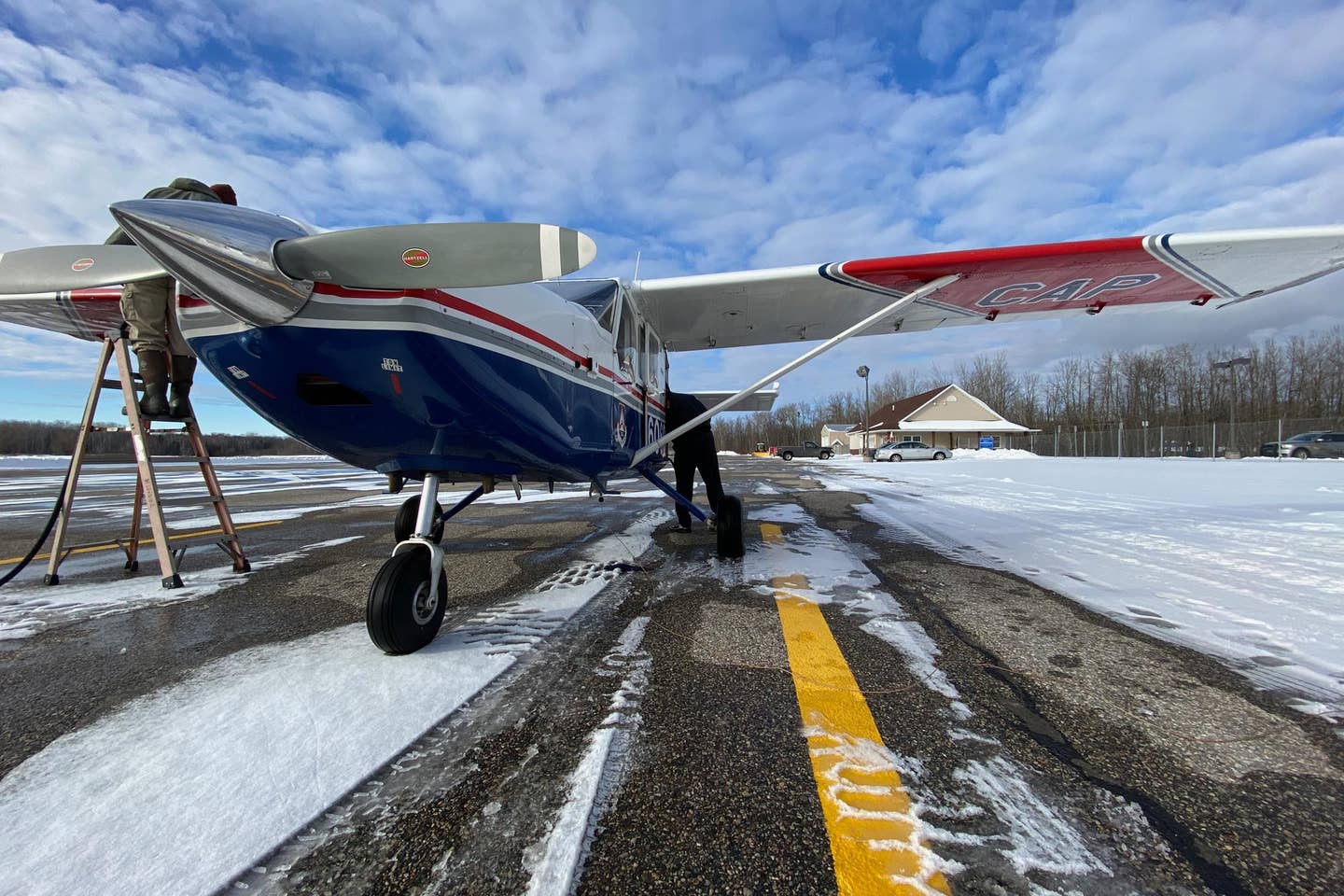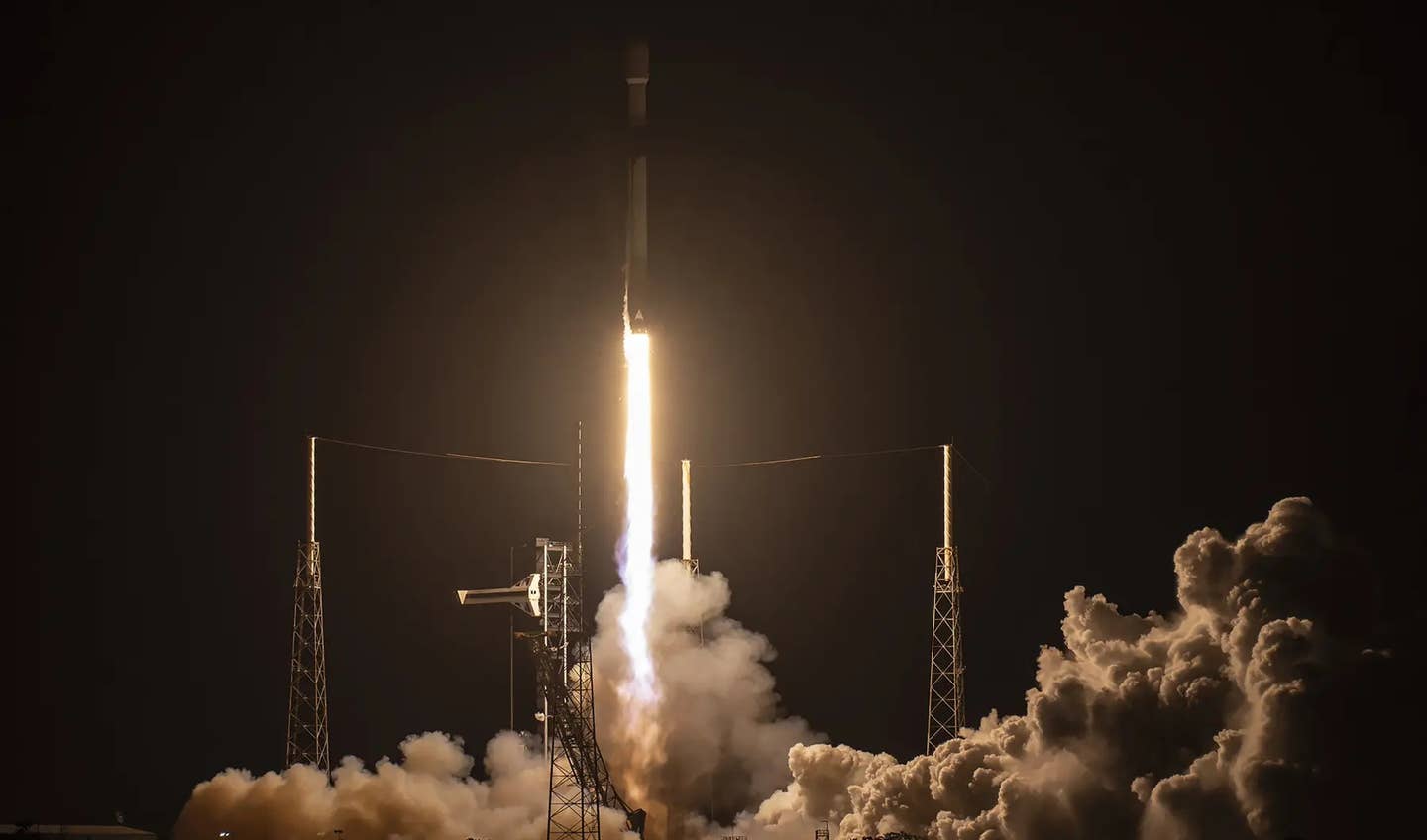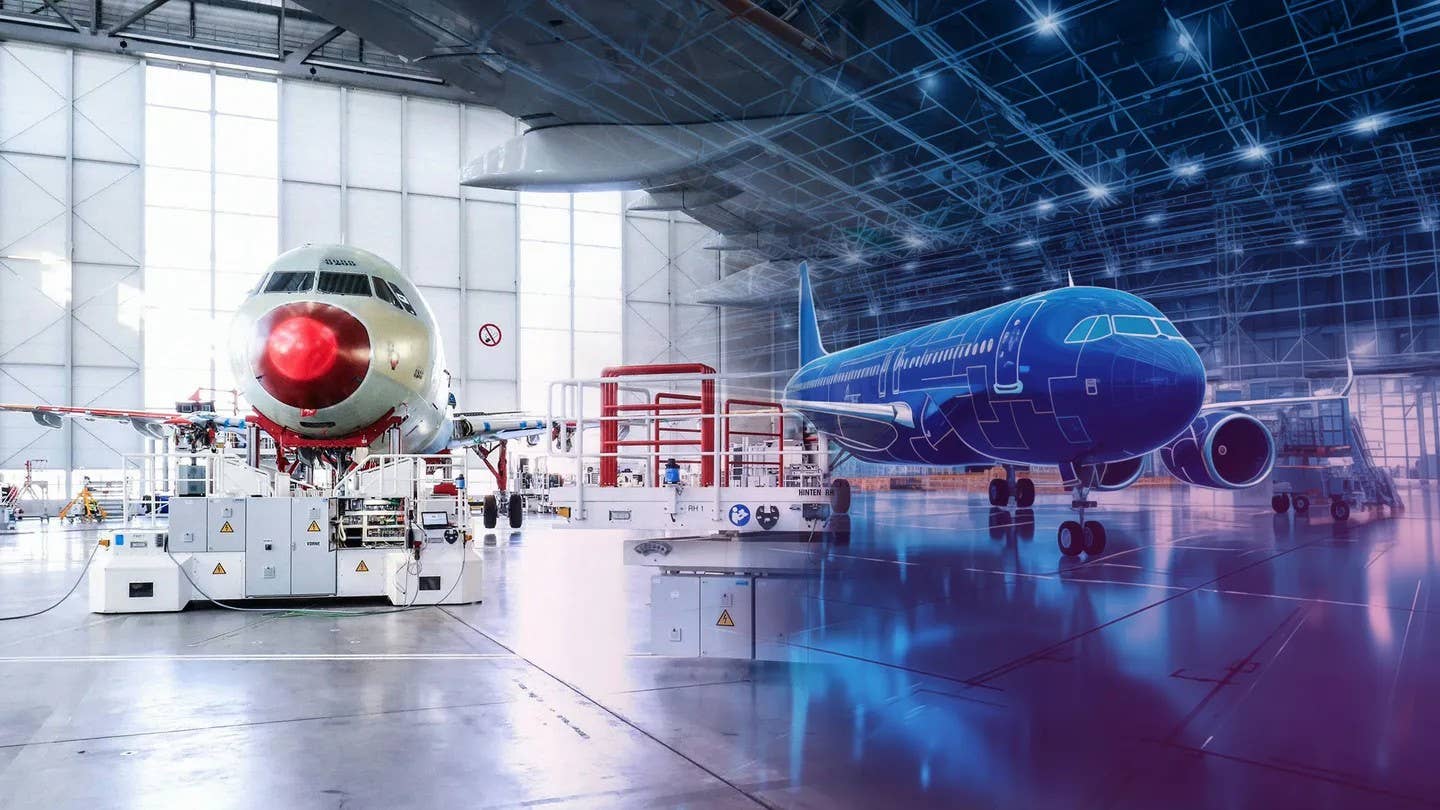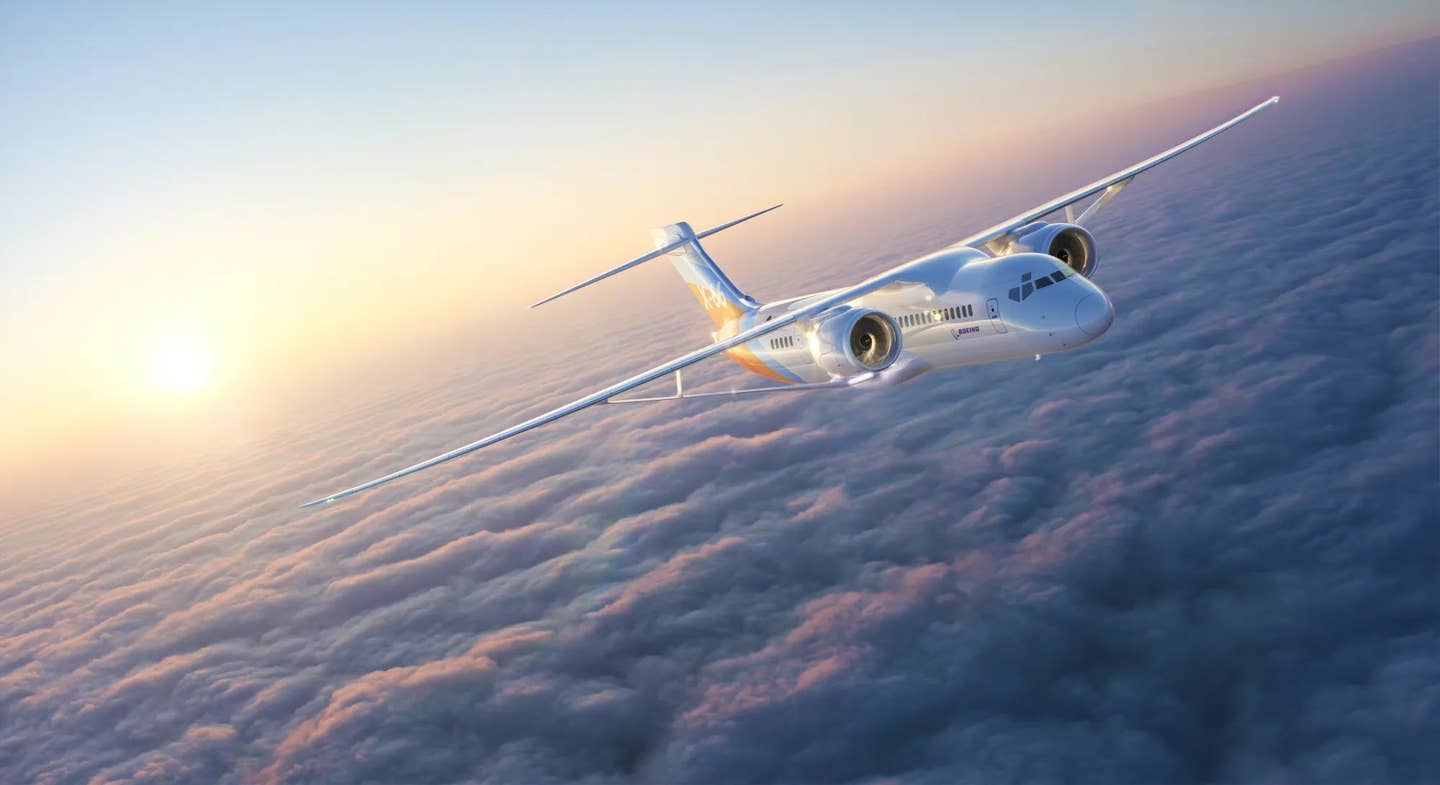
The Gippsland GA8 Airvan was selected for the mission because of its low operating cost and cargo carrying capability. Courtesy Civil Air Patrol
When the Great Lakes Region Civil Air Patrol received a request from the Defense Coordinating Element at FEMA’s Region V office in December 2020 to transport the COVID-19 vaccine by air to several locations in Wisconsin and Michigan, the unit was poised for action. The request? To deliver the first and second rounds of the vaccine on behalf of the Indian Health Service—a Department of Health and Human Services agency responsible for health care, covering roughly 2.6 million American Indians and Alaska Natives, belonging to 574 recognized tribes in 37 states.
While vaccine transport by air on a large scale (think FedEx and UPS) has splashed through the news, that kind of aerial cargo service paints with a broad brush—in order to get the needed vaccine into remote areas, a more precise tool is required. Enter general aviation, and specifically, the CAP.
“Put us in the game,” said CAP Maj. Rod Rakic, one of the pilots detailed for the mission. “We want to be utilized. We want to be the force multiplier.” After all, that’s why the CAP was created back in the 1940s, to supplement and aid the US Air Force in a wide variety of critical tasks best suited for light, civilian-style aircraft.
The Coast Guard for Air Station Traverse City in Michigan transported the first round of the vaccine, and the CAP was selected to transport the second round—100 pounds of cargo and two passengers from the IHS office in Bemidji to several locations in Wisconsin and Michigan. The CAP crew used a Gippsland GA8 Airvan to execute the flights.
But the task was far from straightforward—especially when you factor in the vagaries of winter weather in the North Central US. Air transport was chosen because of its relative speed—once the vaccine was loaded into the freezer containers required for its safe conduct, the pilots had a 12-hour window in which to get the vaccine to the clinic at the other end of the flight. For at least one segment, the commensurate travel time by truck would have been 30 hours. The crew had to incorporate one other requirement into their flight planning and decision making: If an intermediate stop or diversion was required because of weather or mechanical issues, the clock would still tick on that window. If the time elapsed, a 24-hour pause would be required to recondition the coolers. According to Rakic, “Once we made the decision to go, it was important for us to continue if we could.”
Rakic was joined by Lt. Col. Robert Bowden to crew the mission, which launched on January 4, taking them from Indianapolis Executive Airport (KTYQ) to Bemidji, Minnesota (KBJI), with a stop in Mankato, Minnesota—a 600-mile flight planned for eight hours total. However, once northwest of Dubuque, Iowa, the Airvan encountered a wall of clouds—and with freezing temperatures and no known-icing capability on the airplane, the crew had to make a serious dogleg in order to continue to Bemidji.
Weather deteriorated overnight at Bemidji, triggering a one-day delay, before the crew soldiered on during the morning of January 6. With poor weather lingering over Wisconsin, that portion of the mission had to be set aside for the moment, and the crew continued on to Saul Ste. Marie, Michigan (KANJ), a four-hour flight. The corresponding commercial flights—if the vaccines had been shipped as air cargo—would have taken nine hours because of the required connections.
“The vaccine cold-chain is a big logistics challenge,” said Rakic. “While there are about 300 airports in the US with scheduled airline service, light fixed-wing aircraft, such as the aircraft Civil Air Patrol uses, offer responders access to more than 5,000 public-use airports. Delivering vaccine closer to where it’s needed gives planners more flexibility.”
The next legs, to Traverse City (KTVC) and Ann Arbor (KARB), Michigan, took one hour and 90 minutes, respectively. Ann Arbor was the final stop on the mission—which delivered roughly 600 doses to hundreds of people across the upper Midwest in a short period of time.
Capt. Melissa Wentz Opsahl, from the IHS, said, “Civil Air Patrol was ideal for the intent of this mission which was to safely and successfully redistribute COVID-19 vaccine from Minnesota to a total of eight tribal and urban Indian organizations within the State of Michigan in as short of a timeframe as possible.”
Rakic summed it up as a pilot: “I feel honored to be able to do what we did. I’ve lost family to COVID-19; I’ve had friends with it, too. This is the fight of our generation.” He credited the collective effort by several agencies that came together to execute the mission, and he emphasized the role that the CAP—and general aviation as a whole—plays in making that fight successful. With the wide range of cadet programs and pilot development opportunities available, CAP has a lot to offer those who want to serve.

Sign-up for newsletters & special offers!
Get the latest FLYING stories & special offers delivered directly to your inbox






